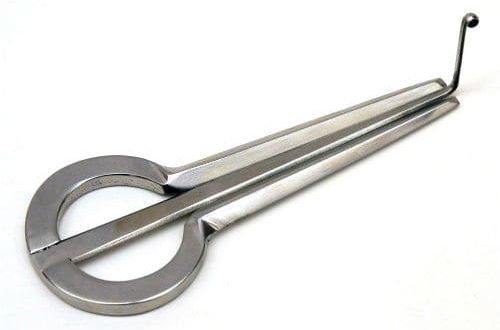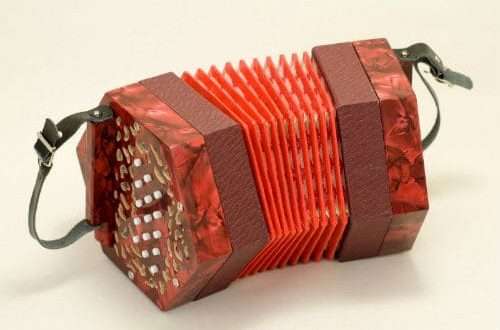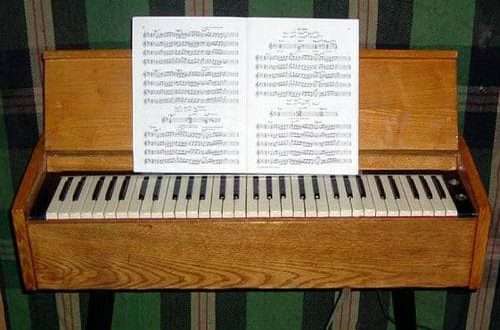
Vargan: description of the instrument, history of occurrence, sound, varieties
Contents
Chukchi and Yakut magicians, shamans, often hold a small object in their mouths that makes mysterious sounds. This is a jew’s harp – an object that many consider a symbol of ethnic culture.
What is a harp
Vargan is a labial reed instrument. Its basis is a tongue fixed on a frame, most often metal. The principle of operation is as follows: the performer places the jew’s harp on the teeth, clamping the places intended for this, and strikes the tongue with his fingers. It should move between the clenched teeth. The mouth cavity becomes a resonator, so if you change the shape of the lips while playing, you can create a special sound.

Learning to play jew’s harp music is quite simple. The main thing in this business is to experiment more.
History of occurrence
Historians believe that the first jew’s harps appeared around 3 BC. At that time, people did not yet know how to mine and forge metal, so tools were made from bone or wood.
Contrary to a common misconception, in ancient times, not only residents of the northern regions of Siberia used the jew’s harp. Similar items are found all over the world: in India, Hungary, Austria, China, Vietnam. It is called differently in every country. The principle of operation is the same, but the instruments of different peoples look different.
The purpose of the jew’s harp, regardless of the country where it is used, is ritual. It was believed that with the help of monotonous sounds and throat singing, you can enter a trance and connect with the world of deities. People asked shamans for health and well-being, and they turned to otherworldly forces through rituals where they used jew’s harp music.
Today it is already known why the magicians of the tribe entered a special harmonious state: regular playing of the instrument normalizes blood circulation and improves overall health. The effect is achieved through rhythmic soothing sounds.
Shamanism has been preserved among some peoples to this day. Vargan today can be seen not only at rituals, but also at ethnic music concerts.
What does a vargan sound like?
Music in the understanding of a person is usually not quite what is performed on the jew’s harp. Its sound is deep, monotonous, rattling – the musicians call it bourdon, that is, continuously stretching. If you correctly install the jew’s harp frame in your mouth, you will be able to hear the full range and unique timbre.
There are various playing techniques: language, guttural, labial. Using the human capabilities given by nature, performers come up with new interesting styles.
Manufacturers initially create a certain range of sound, so some jew’s harps produce low sounds, while others produce high ones.
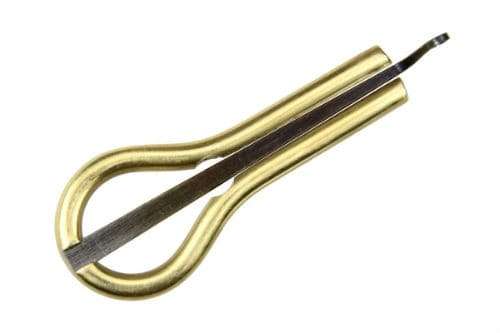
Types of vargans
Devices that work on the principle of a jew’s harp are found in different cultures – not only Asian, but also European. Each variety has its own name, and some are especially different in shape and design.
Komus (Altai)
A small device with an arcuate base in the shape of an oval. Legends say that women soothed children with meditative music with its help. Altai komus is the most famous type of harp in Russia. Masters Potkin and Temartsev make them for everyone who wants to learn how to play the shamanic instrument. Some people buy them as souvenirs from the Altai Territory.
Khomus (Yakutia)
The Yakut harp is considered the most ancient of all. Once it was made of wood, but today almost all of these tools are metal. Craftsmen create a variety of frame designs by hand.
There is a slight difference between khomus and jew’s harp. They differ in that the harp has only one tongue, and in the device from Yakutia there can be up to four.
It is believed that the idea to create such a tool arose when the wind blew through a crack in a tree damaged by lightning. Playing the khomus, you can depict the rustle of the wind and other sounds of nature.
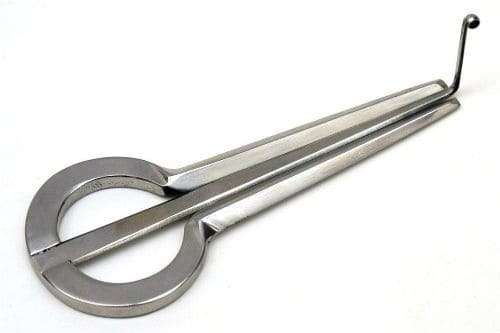
Genggong (Bali)
The Balinese musical instrument is made from natural materials. The frame of the genggong is usually made of wood, and the tongue is made of sugar palm leaf. In form, it is strikingly different from the usual komus: it has no bends, it looks like a pipe.
To make a sound, a thread is tied to the tongue and pulled. The sound changes depending on which vowel the player pronounces.
Kubyz (Bashkortostan, Tatarstan)
The principle of operation of kubyz does not differ in any way from the Play on similar devices, but it is used for other purposes. The musicians perform fervent songs, to which the Bashkir people once danced. Kubyzists perform solo and in ensembles with other performers.
There are two types of this tool:
- agas-koumiss with a plate body made of wood;
- timer-koumiss with a metal frame.
Tatar kubyz almost does not differ from Bashkir. It is arcuate and lamellar.
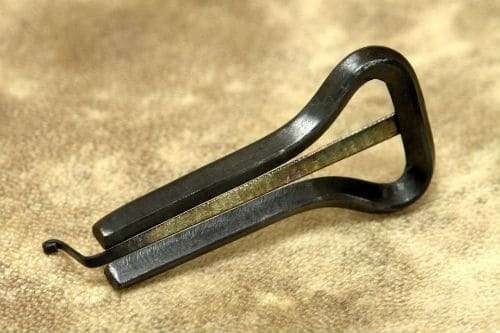
Aman khuur (Mongolia)
The Mongolian harp is similar to other subspecies from Asia, but it has its own peculiarities. The main one is a frame closed on both sides. The tongue of the Aman Khuurs is soft. The device is made of steel or copper.
Drymba (Ukraine, Belarus)
Arched jew’s harp from Belarus with a hard tongue. Its frame is oval or triangular. The Slavs have been playing the drymba since ancient times – the first finds date back to the XNUMXth century. Her bright sounds slowly fade away, creating an echo.
In Ukraine, drymbas were most common in the Hutsul region, that is, in the southeast of the Ukrainian Carpathians and in the Transcarpathian region. They were played by women and girls, and sometimes by shepherds.
The most famous drymbas are the works of Sergei Khatskevich.

Dan Moi (Vietnam)
The name means “mouth string instrument”. So they play on it – clamping the base not with their teeth, but with their lips. This is the oldest type of harp, it is distributed in 25 countries of the world. My dans are always kept in tubes embroidered with threads or beads.
The tool itself is lamellar, with a sharpening on one side. There are also arched Vietnamese jew’s harps, but they are less popular. Materials for making dan moi are brass or bamboo.
A standard instrument from Vietnam sounds high, with a rattling sound. Sometimes there is also my bass dan.
Doromb (Hungary)
This instrument, beloved by the Hungarians, has an arched base and many variants. The famous jew’s harp master Zoltan Siladi makes harps of various ranges. The device has a wide frame and no loop on the tongue. Usually it is needed for convenience, but here the curved edge does not bring discomfort to the performer. The doromba has a rather pliable soft frame, so it cannot be squeezed with force by teeth or fingers.
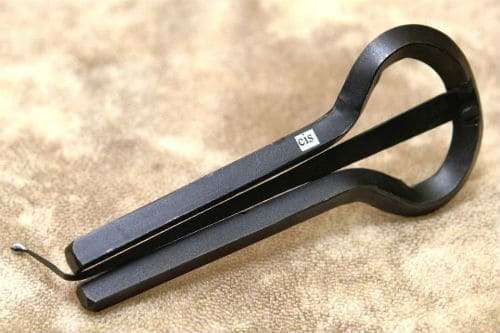
Angkut (Cambodia)
This jew’s harp was invented by the inhabitants of the Pnong tribe, it is not a national Cambodian instrument. All its elements are made of bamboo. It is long and flat, a bit like a thermometer.
While playing the angkut, the musicians strike the tongue away from themselves, holding the instrument between their lips.
Murchunga (Nepal)
The Nepalese harp has an unusual shape. Its frame is usually standard, arched, and the soft tongue is elongated in the opposite direction. While playing, the musician can hold on to the extension. Murchungs make melodic high-pitched sounds.
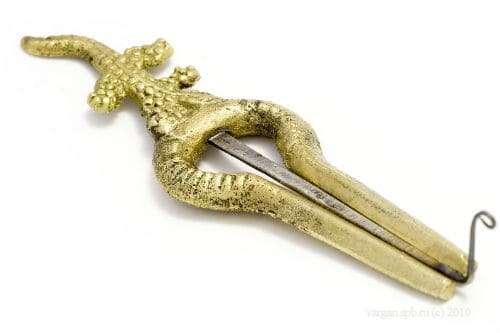
Zubanka (Russia)
The second name for the jew’s harp is among the Slavic peoples of Russia. Archaeologists find them all over the western part of the country. Chroniclers also mentioned teeth. They wrote that with their help they performed military music. According to the well-known writer Odoevsky, many Russian peasants knew how to play the zubanka.
The world of jew’s harps is multifaceted and unusual. By playing them, improving their skills, musicians preserve the traditions of their ancestors. Everyone can choose a suitable instrument model and return to basics.



